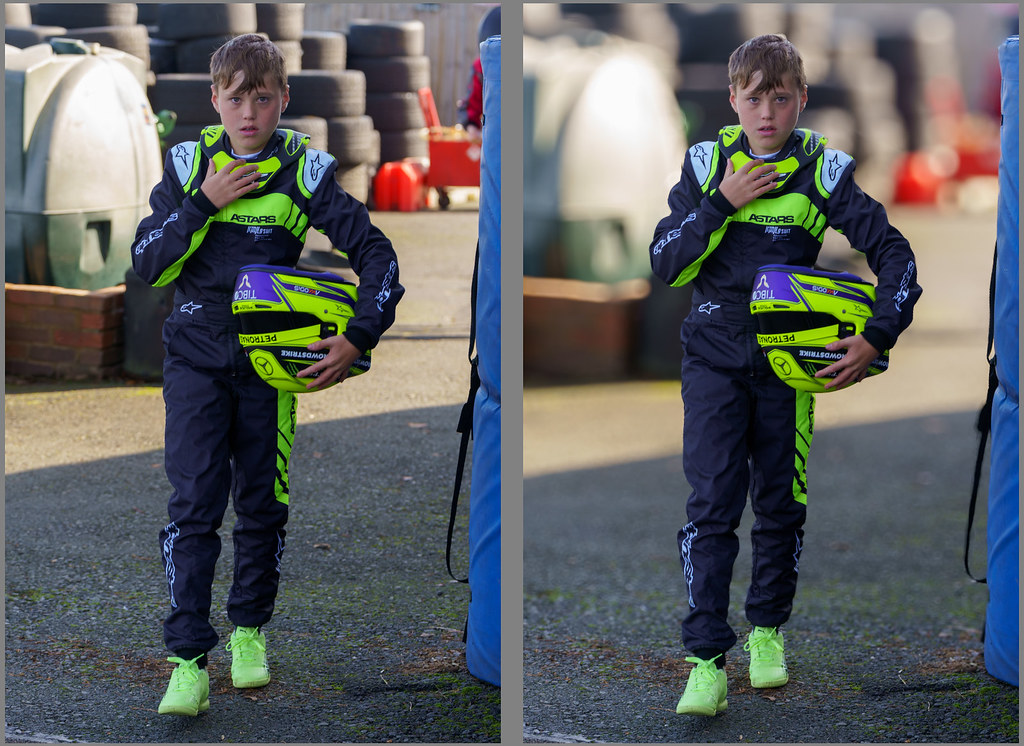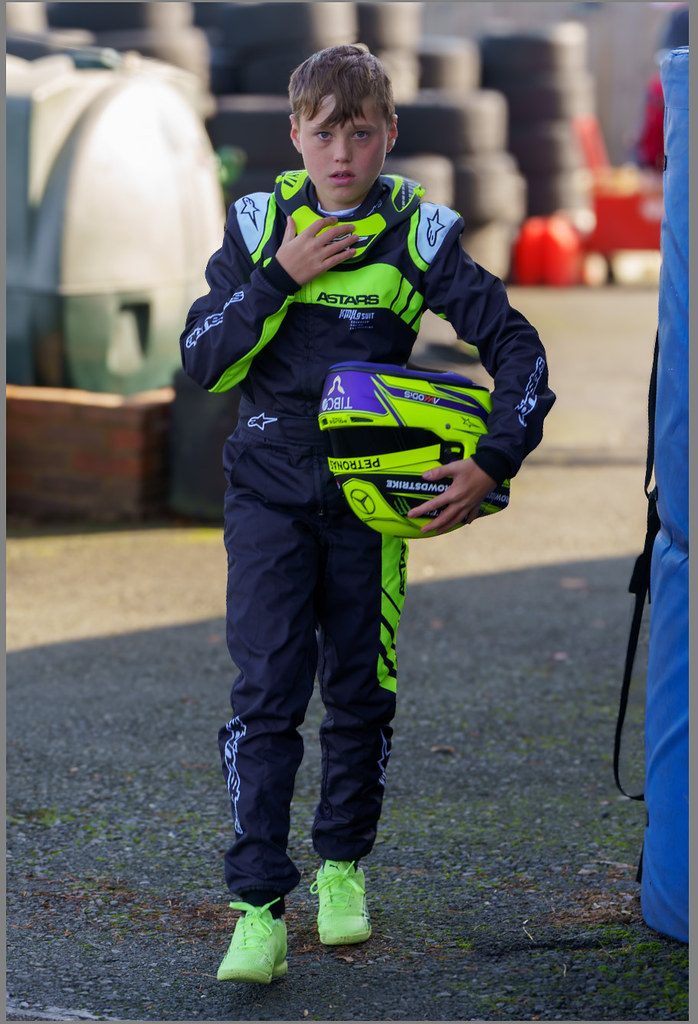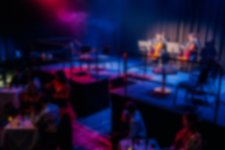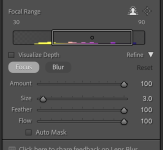and the site receives a small commission
You are using an out of date browser. It may not display this or other websites correctly.
You should upgrade or use an alternative browser.
You should upgrade or use an alternative browser.
Lightroom v13
- Thread starter ecoleman
- Start date
- Messages
- 3,272
- Name
- Graham
- Edit My Images
- No
It's to allow editing and saving for HDR displays.Lightroom v13 is out so some nice new features.
Point Colour looks very useful and lens blur looks interesting despite being in Beta.
Does anybody understand or see the point of HDR editing and HDR Output?
Greg Benz (of Lumenzia) has had a few posts and youtube videos about it, including one about the latest changes in LR
What is "HDR" display and why is it so amazing?
We’ve been using some pretty mediocre monitors for a long time, but that’s beginning to change quickly. The most beautiful and dramatic light we experience has a vastly greater range of contrast and dynamic range than standard monitors. The latest generation of HDR (“high dynamic range”) monitors now support vastly improved recreations of real world lighting through greater peak brightness, richer blacks for improved contrast, and support for new standards such as HDR10+ and DolbyVision. The benefits of HDR over what I’ll call “standard dynamic range” (SDR) monitors are enormous.Benefits of HDR display for photography include:
- Vastly greater dynamic range (roughly 2-4 extra stops on a 2021 M1 MacBook Pro, depending on brightness)
- Make bright lights truly glow
- Improved highlight detail in clouds, water, etc
- Boost the brightness of bright colors without losing saturation for gorgeous sunrises and sunsets, etc
Create and edit true HDR (High Dynamic Range) images - Greg Benz Photography
Note: "HDR" on this page refers to new display technologies (hardware and software) which allow vastly brighter pixels and truly higher dynamic range output. The name for this new technology is confusing because we've used the term "HDR" for years, but now that same name is being used for...
gregbenzphotography.com
- Messages
- 3,272
- Name
- Graham
- Edit My Images
- No
I know no more than what I've read from Greg Benz , but I assume it means you are able to "enjoy" your images in higher quality and you can always export as a non-HDR image for distribution. As I said, he has produced several tutorials on HDR display, but I haven't paid much attention.I have an HDR display but everybody says to disable it for colour critical work.
I still can’t see why I would want to edit an image in HDR that can only be seen by people with HDR displays.
I don't have any device with an HDR display, but from what Greg says most displays/devices since 2018 are HDR and presumably this will become the standard. As I am more interested in prints, than HDR displays, it may well always be academic for me.
- Messages
- 575
- Name
- Jason Brown
- Edit My Images
- Yes
Been playing with the lens blur feature today funnily enough. Really impressed with it so far even if it did take a while to really get my head around it. Although it seems to struggle with hairs (and whiskers), it does provide a facility to modify the depth map by manually painting areas that should be in focus. I found it most useful for improving the quality of existing bokeh rather than turning an image with a wide depth of field into an image with narrow depth of field.Lightroom v13 is out so some nice new features.
Point Colour looks very useful and lens blur looks interesting despite being in Beta.
Does anybody understand or see the point of HDR editing and HDR Output?

Last edited:
- Messages
- 3,839
- Name
- Richard
- Edit My Images
- Yes
How do you modify the depth map? I can't see a way to do it, although I am using an iPad and this may be a desktop app only feature.Been playing with the lens blur feature today funnily enough. Really impressed with it so far even if it did take a while to really get my head around it. Although it seems to struggle with hairs (and whiskers), it does provide a facility to modify the depth map by manually painting areas that should be in focus. I found it most useful for improving the quality of existing bokeh rather than turning an image with a wide depth of field into an image with narrow depth of field.
View attachment 403854
- Messages
- 9,014
- Name
- Rob Telford
- Edit My Images
- No
How do you modify the depth map? I can't see a way to do it, although I am using an iPad and this may be a desktop app only feature.
In LR 13 Classic Desktop at least, it's a Refine pop-down
You choose to paint either Focus or Blur onto the image
Attachments
- Messages
- 6,387
- Name
- Elliott
- Edit My Images
- No
I've never used it on iPad but on desktop you click the Refine Arrow jsut below the focal range graph. That will reveal some additional sliders.How do you modify the depth map? I can't see a way to do it, although I am using an iPad and this may be a desktop app only feature.
- Messages
- 3,839
- Name
- Richard
- Edit My Images
- Yes
In LR 13 Classic Desktop at least, it's a Refine pop-down
You choose to paint either Focus or Blur onto the image
Thank you both, this is all missing from the iPad / mobile apps so the tool is quite limited there. As much as I love editing on the iPad I am becoming more and more tempted to go back to a laptop. There was a time when the iPad app was almost level with the desktop apps in functionality, but the desktop apps seem to be pulling away again.I've never used it on iPad but on desktop you click the Refine Arrow jsut below the focal range graph. That will reveal some additional sliders.
- Messages
- 6,387
- Name
- Elliott
- Edit My Images
- No
Thank you both, this is all missing from the iPad / mobile apps so the tool is quite limited there. As much as I love editing on the iPad I am becoming more and more tempted to go back to a laptop. There was a time when the iPad app was almost level with the desktop apps in functionality, but the desktop apps seem to be pulling away again.
The blur tool is marked as early release which means it's essentially in Beta so you will probably find it will catch up eventually.
I've had a bit of a play with the blur tool but it's far from perfect even on a desktop so not something I see myself using at the moment if at all in the future.
- Messages
- 9,014
- Name
- Rob Telford
- Edit My Images
- No
Until I found Adobe's support note, this had me confused for a while
[my emphasis]
Adobe said:Lightroom supports the display of HDR content only in the Edit view. This includes side-by-side and split views. However, Lightroom currently does not support HDR display in other dialogs that display photo content, such as the Merge to HDR, Merge to Panorama, Export, or Enhance dialogs.
[my emphasis]
- Messages
- 7,094
- Name
- Lewis
- Edit My Images
- Yes
I think the blur tool is a step too far for me.
LongLensPhotography
Th..th..that's all folks!
- Messages
- 17,637
- Name
- LongLensPhotography
- Edit My Images
- No
1. Point colour is useful in some cases and is the only real upgrade. I managed to do things in most cases by masking and adjusting colour there and will probably continue to do so.
2. Lens blue seems to be aimed to mobile and 18-55 kit lens shooters. Not us basically.... And that's not great news either. If I had any say this would be eliminated. Depth maps are so so, usually pretty acceptable but fail with busier images. The subject masking is very rough and the main point of failure but mobile users won't care. Good enough for Instagram. It is likely to improve...
3. HDR feature is more of a future proofing.
To be crystal clear you want this off for anything that goes into print, or anything aimed for regular displays. That's 99% today but as most new screens get some HDR features we are inevitably moving away from inadequate 8bit srgb jpeg into one of these more feature rich formats and that's a good thing. Very good. But this may take some time. Years? For a start all phones need to start outputting these new formats, and then wider web adoption, agencies and we are there.
I believe there are settings in HDR tab for non-hdr displays. If you don't mind doing double the work you can have so so results on both types... The difference is normally much greater than pulling highlights slider down. Call this an interim workaround.
When your client asks for it specifically then you use it if your screen even supports it. That's my take on it.
2. Lens blue seems to be aimed to mobile and 18-55 kit lens shooters. Not us basically.... And that's not great news either. If I had any say this would be eliminated. Depth maps are so so, usually pretty acceptable but fail with busier images. The subject masking is very rough and the main point of failure but mobile users won't care. Good enough for Instagram. It is likely to improve...
3. HDR feature is more of a future proofing.
To be crystal clear you want this off for anything that goes into print, or anything aimed for regular displays. That's 99% today but as most new screens get some HDR features we are inevitably moving away from inadequate 8bit srgb jpeg into one of these more feature rich formats and that's a good thing. Very good. But this may take some time. Years? For a start all phones need to start outputting these new formats, and then wider web adoption, agencies and we are there.
I believe there are settings in HDR tab for non-hdr displays. If you don't mind doing double the work you can have so so results on both types... The difference is normally much greater than pulling highlights slider down. Call this an interim workaround.
When your client asks for it specifically then you use it if your screen even supports it. That's my take on it.
- Messages
- 872
- Edit My Images
- No
I've been playing with the new lens blur and point colour features this morning - they work really well !
Having control over the blur and being able to visualise the areas being changed is a major step up from the 'Portrait' modes on phones.
I know depth maps and bluring could be done in Photoshop previously using a many stage process but this hugely simplifies it.
Could even save going for a larger aperture lens in the future
Here is a comparison - [I deliberately over applied the amount of blur]. The original image was shot at 80mm F4

A more realistic edit

Having control over the blur and being able to visualise the areas being changed is a major step up from the 'Portrait' modes on phones.
I know depth maps and bluring could be done in Photoshop previously using a many stage process but this hugely simplifies it.
Could even save going for a larger aperture lens in the future
Here is a comparison - [I deliberately over applied the amount of blur]. The original image was shot at 80mm F4

A more realistic edit

Last edited:
I just processed a theatre set using the HDR mode, with preview for SDR monitor, it seemed like a benefit when it came to bringing out the shadows and balancing the highlights.
As example of the dynamic range of light on stage..
A couple of musicians here in a spotlight top right, with actors at the restaurant tables in the colour lit darkness, I purposefully blurred it to hide the details

As example of the dynamic range of light on stage..
A couple of musicians here in a spotlight top right, with actors at the restaurant tables in the colour lit darkness, I purposefully blurred it to hide the details




